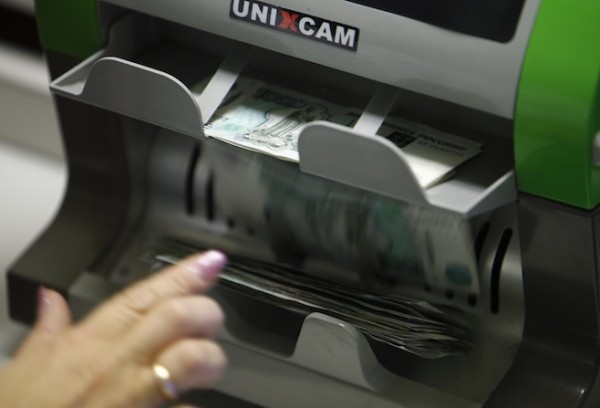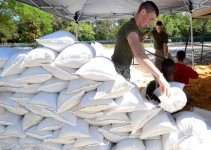On Aug. 18, Reuters reported that the cost for Russia’s benchmark Urals oil tumbled to $98 a barrel — its most minimal level since May 2013. Indeed as of late as July, Urals unrefined was offering for a normal of more than $105 for every barrel. In the most recent 12 months, the Urals brand lost 11.3 percent of its value; it has lost 8.2 percent since the start of 2014.
As per masters, there are a few purposes behind the fall in costs. As could be normal, occasional oil interest is down in both Europe and Asia. In any case, one less foreseen component was a 25 percent increment in oil generation in Libya. Moreover, expanded brutality in Iraq has likewise brought about instability in the oil markets.
Oil remains the primary driver of the Russian economy, and $100 a barrel is a mentally critical imprint for the Russian market. Besides, the current Russian plan was made accepting a $114-for every barrel cost for Urals.

“As indicated by different evaluations, the financial backing gets to be deficiency free when a barrel of oil expenses about $110,” said Ilya Balakirev, boss expert at the UFS venture organization. Balakirev clarified that while the fall in oil costs is of concern, the monetary allowance does not confront any genuine issues right now, since it is focused around the normal cost of oil, which stays over $100 for the year to date.
Moreover, Russia has expanded oil supplies to southwestern Asia, which purchases a more costly sort of oil than Urals.
In May 2014, Alexander Dyukov, general executive of Gazprom Neft, the oil business of Russian vitality major Gazprom, published that the organization would base its 2014 marketable strategy on a normal oil cost of $111.5 a barrel, notwithstanding, long haul undertakings would be focused around a cost of $95 a barrel.
Consequently, in the long haul, Russian oil organizations seem ensured. Also, the value drops are not as extreme as amid the worldwide money related emergency of 2008-2009, when the cost of Urals dropped from $147 to $40 for every barrel in the middle of June and December 2009.
Russian examiners stay confident about whatever is left of 2014.
“As we approach September, organizations will build their exercises and different nations will begin planning for the new fall winter season and oil costs may begin to go up,” said Dmitri Baranov of Finam Management.
Moreover, Pavel Simonenko, executive of offers to CIS Countries at Dukascopy Bank, said that Russia’s economy is getting to be less subject to oil, and the cost of the asset ought to in future have less impact on the general financial strength of the nation.
“In 2013 oil and gas income embodied 52 percent of the general income, though in the not so distant future they are required to be 45-46 percent,” said Simonenko.
UFS’s Balakirev feels that the Russian Finance Ministry ought to utilize the downturn as a part of costs as motivation to search for different approaches to shore up the nation’s economy.
“The debilitating of the ruble is a standout amongst the most available methods for recharging the financial backing, however considerable debilitating may incite discontent among the populace,” said Balakirev, “since it would likewise prompt a diminishing in true salary.”
Russia’s financial plan is drafted in the ruble, however oil income is for the most part paid in dollars. The estimation of the ruble against the dollar has fallen altogether over the spring and summer.
In view of this, on Aug. 18 Russia’s Central Bank reported it would totally surrender its backing of the ruble by January 2015, a move that will help give more market quality to the national coin.
The Central Bank has energetically taken part in the revision of coin quality, offering money in snippets of political pressures, when the ruble falls against universal coinage. At the point when Russia fused Crimea in March, the Central Bank sold $22.3 billion to help the ruble’s quality. As pressures with Western nations brought about the coin to fall considerably further in the spring, the Central Bank kept on acting.
In April, it sold $2.4 billion, and in May the Central Bank purchased $1.4 billion and sold $365 million. The ruble’s worth diminished, in spite of the fact that not as significantly as it would have had the bank not backed it. As indicated by Dmitri Baranov, from the earliest starting point of 2013 the ruble has lost 20 percent of its recorded worth against the dollar.
Consequently, in a free buoy, the ruble could be cheapened significantly more.



